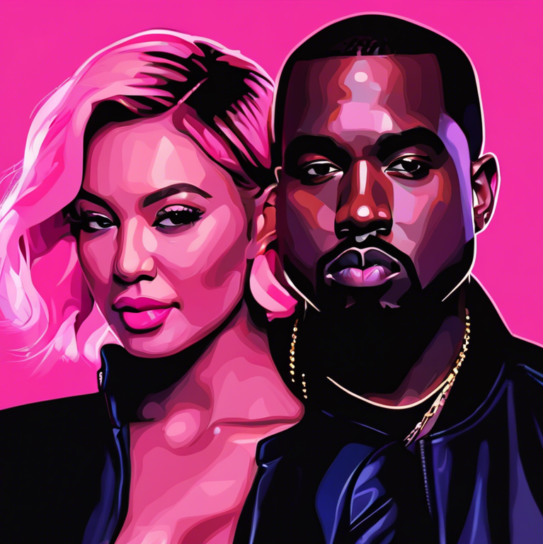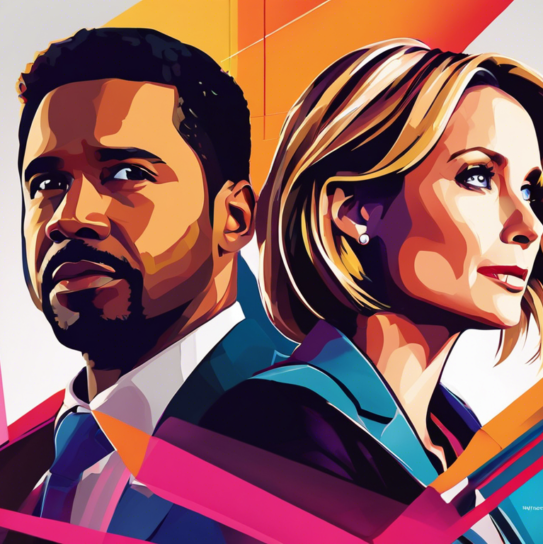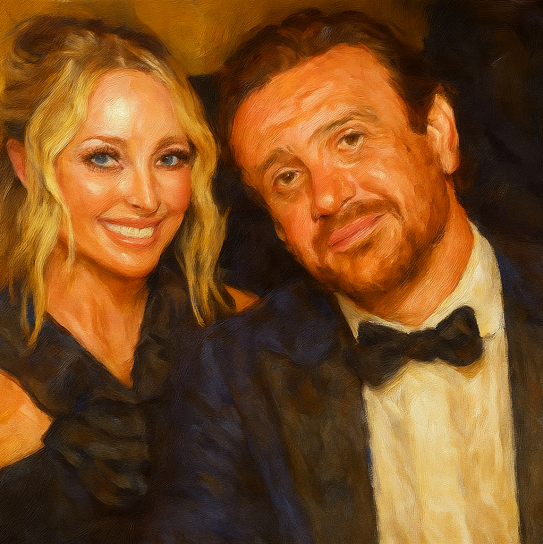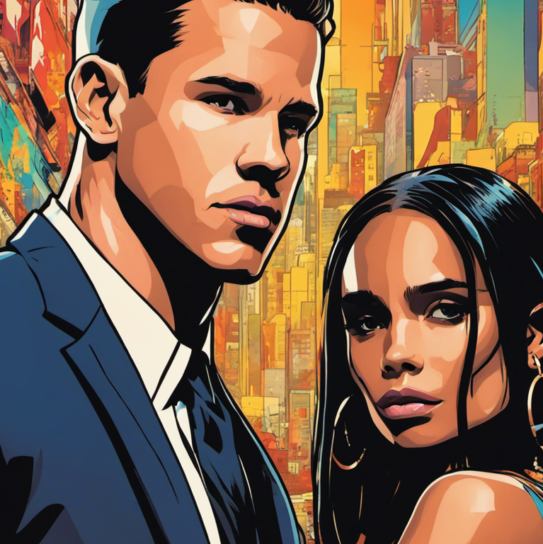In an era where Instagram fame and model status go hand in hand, one name continues to blur the lines between what’s real and what’s created is Lil Miquela. With over two million followers and brand deals most influencers would dream of, Miquela Sousa, known widely as “Lil Miquela,” has carved a place for herself in pop culture. The twist? She doesn’t exist in the traditional sense.
Lil Miquela is a computer-generated digital influencer. She doesn’t walk red carpets, yet she’s front row at fashion weeks. She doesn’t age, doesn’t sleep, and doesn’t live a physical life. But she’s influencing trends, signing music deals, and getting compared to real-life supermodels like Kate Moss.
So, how did a digital avatar climb to the heights of celebrity culture? And why are major brands treating her like the next fashion icon?
Who Is Lil Miquela?
Lil Miquela first appeared on Instagram in 2016. At first glance, she looked like any other edgy fashion blogger from LA—freckles, space buns, and a taste for designer streetwear. But behind the screen, she was created by a startup called Brud, a tech company with a mission to explore storytelling through artificial intelligence and digital characters.
Her creators positioned her as more than a visual experiment. Miquela had opinions. She supported causes like Black Lives Matter, voiced support for LGBTQ+ rights, and dropped her own synth-pop music on Spotify. The goal wasn’t just to make her look real. It was to make her feel real.
And it worked.
Her audience treated her like any rising influencer. They commented on her outfits, reposted her selfies, and followed her drama. By the time people realized she wasn’t real, it didn’t matter.
Check out Lil Miquela on Instagram!
Fashion’s Favorite Virtual Face
Today, Lil Miquela has partnered with global fashion giants like Prada, Calvin Klein, and Balenciaga. In fact, in a now-infamous campaign, she appeared alongside none other than Bella Hadid, sister to Gigi, in a futuristic, stylized kiss that lit up the internet. The collaboration drew both praise and criticism, sparking conversations about authenticity in fashion and advertising.
Her success raises a key question. What does it mean to be a model in 2025?
Traditional modeling success was built on genetics, presence, and personality. Gigi Hadid, for example, built her empire through runway mastery, magazine covers, and a genuine connection with fans. Lil Miquela, on the other hand, was assembled pixel by pixel but still curates a lifestyle, aesthetic, and sense of “personality” that connects with Gen Z and Gen Alpha.
The comparison may seem wild, but it’s happening more often. Gigi’s posts come from behind-the-scenes shoots and travels. Miquela’s from imaginative, curated AI renders. Both dominate fashion feeds.
A New Kind of Celebrity Drama
Like any rising celebrity, Lil Miquela has had her share of controversy. In 2018, her account was “hacked” by another virtual influencer, Bermuda, sparking a public feud later revealed to be a marketing strategy. Still, the drama attracted headlines.
She’s also been accused of digital blackface, given that she appears racially ambiguous while being created by a primarily white team. Brud responded by explaining their intent, but the backlash highlighted just how tricky identity politics can get in the virtual space.
Despite the debate, Miquela continued her rise. She launched music tracks, interviewed real-life celebrities, and even did a Q&A with fans via Instagram Stories, just like your favorite lifestyle vlogger.
Why Brands and Fans Still Care
There’s something captivating about Lil Miquela. In a world of filters, Facetune, and avatars in the metaverse, she feels strangely relatable to younger audiences. She can’t get canceled for wild nights out or paparazzi run-ins, and her aesthetic is always on point.
For brands, she’s a dream. No scheduling conflicts. No scandals. No illness. She can appear anywhere, Tokyo, Milan, or outer space, with a few keystrokes.
But fans? They seem to embrace her for what she is. A character. A beautifully dressed, opinionated, digital character they can project onto. And in an age where parasocial relationships drive influencer culture, Miquela fits the mold better than most.
The Rise of the Non-Human Influencer
Lil Miquela isn’t the only one of her kind. The digital influencer industry is now a booming space. AI-generated personalities like Imma, the pink-haired Japanese virtual model, and Shudu, dubbed the world’s first digital supermodel, have joined the ranks.
Even luxury brands are exploring how to create their own digital ambassadors. Ones that never age, break contracts, or get caught in scandals.
It’s no longer a gimmick. It’s a marketing strategy.
Creating the Next Miquela
So, where does this leave the rest of us?
With advances in AI image generation and voice synthesis, anyone with the right tools can now create their own digital influencer. Websites like aiforeveryone.org offer resources for building AI-generated images. Avatars that could very well be the next Lil Miquela.
And while they may never replace the authenticity of a Gigi Hadid strutting the Paris runway, they’re carving out a new runway of their own. In pixels and algorithms.
Final Thoughts
Lil Miquela’s success story is less about pretending to be real and more about redefining what “real” even means. In a digital age where the lines between influencer, icon, and invention are increasingly blurry, Miquela isn’t just a curiosity. She’s a blueprint.
And whether you embrace her as a futuristic fashionista or a clever brand experiment, one thing’s for sure. The future of celebrity is getting more artificial and more fascinating by the scroll.





